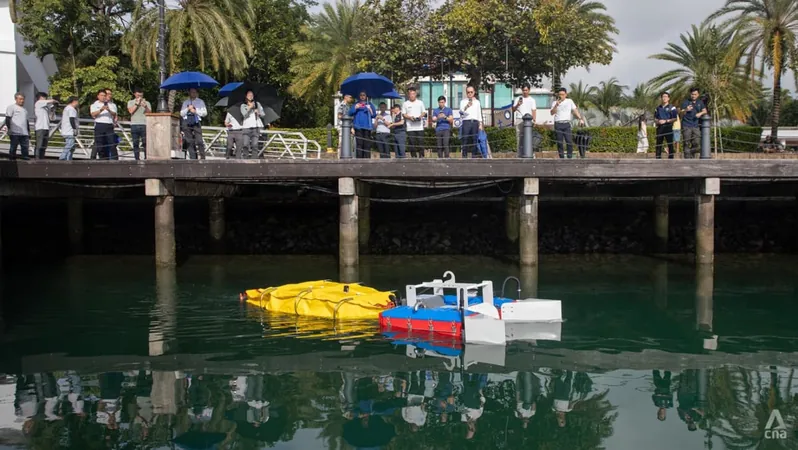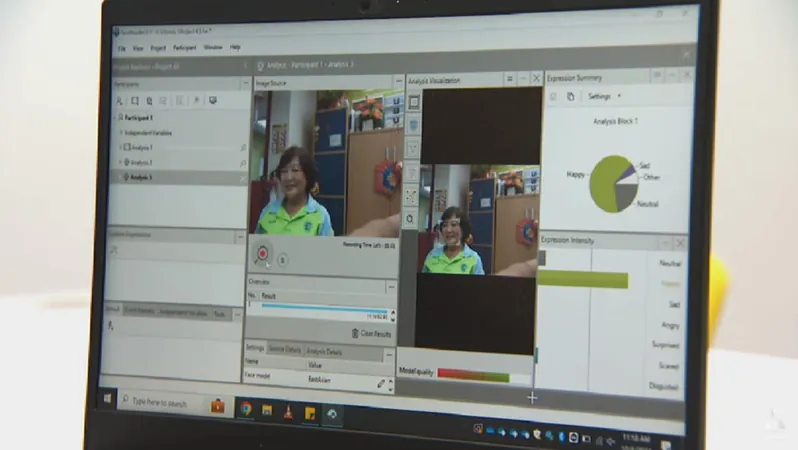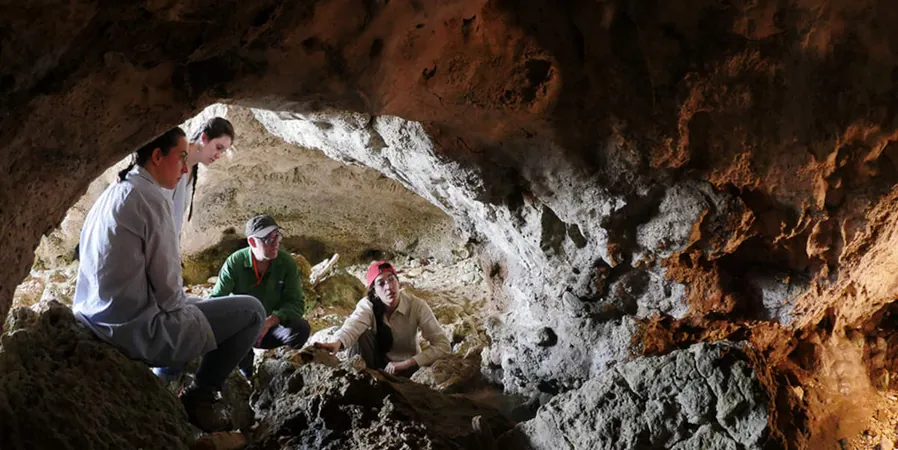
Revolutionary Technologies: Floating Robots and Laser Guns to Combat Oil Spills in Singapore
2024-10-11
Author: Wei
SINGAPORE: Innovative Technologies to Combat Oil Spills
In a groundbreaking move, Singapore is exploring innovative technologies designed to tackle oil spills, including a floating robot that collects oil from the water's surface and a sophisticated laser gun that vaporizes oil stains. These cutting-edge solutions could have significantly mitigated recent oil spill incidents, such as the one that occurred in June in the southern waters of Singapore.
The Maritime and Port Authority of Singapore (MPA), which organized a media demonstration of these technologies, highlighted that testing new tools is crucial to enhancing incident management capabilities. This initiative is part of a broader commitment to develop a testbed for innovators working in response technologies.
The demonstrations were conducted as part of the biennial Joint Oil Spill Exercise, aimed at evaluating the response of various agencies and companies to oil spill emergencies.
Meet the KOBOT-S: The Future of Oil Spill Recovery
One of the standout innovations showcased was the KOBOT-S, a remote-controlled floating robot developed by the Korean marine pollution control company Korea Oceanic Artificial Intelligence (KOAI), with support from Hyundai Corporation. This 4.5-meter long, 160kg robot serves as a “first responder” during oil spills, employing unique "ratchet technology" that utilizes a superabsorbent nanomaterial foam structure capable of efficiently separating oil from water.
During operations, the KOBOT-S can recover between 200kg and 500kg of oil, utilizing a detachable storage bag with a capacity of 700kg. With a battery life of approximately three hours, this robot is designed for versatility, easily maneuvering in tight spaces among vessels—limitations faced by traditional recovery methods that require manpower-intensive systems.
Tony Park, CEO of KOAI, stated that the KOBOT-S outperforms existing solutions by requiring only one operator instead of a crew of two boats, leading to significant cost savings. Additionally, the KOBOT-S is built to endure open sea conditions, functioning effectively in waves up to 2 meters high.
Laser Technology: The Clean-Up Game-Changer
Another technology that has garnered attention is BKR Engineering's innovative laser gun, capable of vaporizing contaminants like oil, rust, and soot. This precision laser can be finely adjusted to target only the contaminant, ensuring the underlying surface remains undamaged—an impressive feat demonstrated when it successfully removed oil stains from a rock at Sentosa Cove without harming the rock itself.
BKR's manager Jasen How explained that while the current setup weighs around 70kg, a lightweight backpack version is in development to enhance accessibility in hard-to-reach areas. The laser technology is already deployed for cleaning concrete surfaces affected by the recent oil spill and is seen as a supplemental tool that complements existing high-speed water jet cleaning methods.
Why These Innovations Matter
The introduction of these transformative technologies promises to revolutionize Singapore's response to environmental emergencies, making oil recovery more efficient and less labor-intensive while reducing the ecological impact of oil spills. As the region continues to deal with the repercussions of oil spills, the proactive exploration of such advanced technologies could position Singapore as a leader in environmental protection and disaster management.
With ongoing upgrades and testing, the KOBOT-S and BKR's vaporizing laser stand as testaments to the power of innovation in safeguarding our oceans. As these technologies evolve, we may be on the verge of a new era where oil spill recovery becomes quicker, easier, and more effective. Singapore is setting the stage for a future where environmental protection is not just a necessity but a technological advantage.
Stay tuned for more updates on these trailblazing solutions!


 Brasil (PT)
Brasil (PT)
 Canada (EN)
Canada (EN)
 Chile (ES)
Chile (ES)
 España (ES)
España (ES)
 France (FR)
France (FR)
 Hong Kong (EN)
Hong Kong (EN)
 Italia (IT)
Italia (IT)
 日本 (JA)
日本 (JA)
 Magyarország (HU)
Magyarország (HU)
 Norge (NO)
Norge (NO)
 Polska (PL)
Polska (PL)
 Schweiz (DE)
Schweiz (DE)
 Singapore (EN)
Singapore (EN)
 Sverige (SV)
Sverige (SV)
 Suomi (FI)
Suomi (FI)
 Türkiye (TR)
Türkiye (TR)